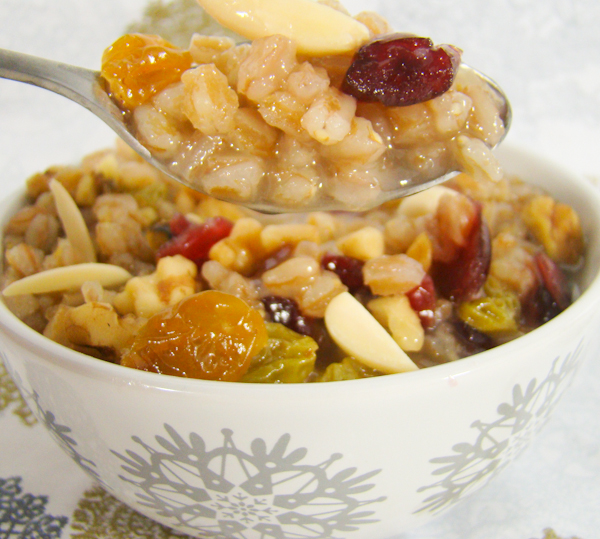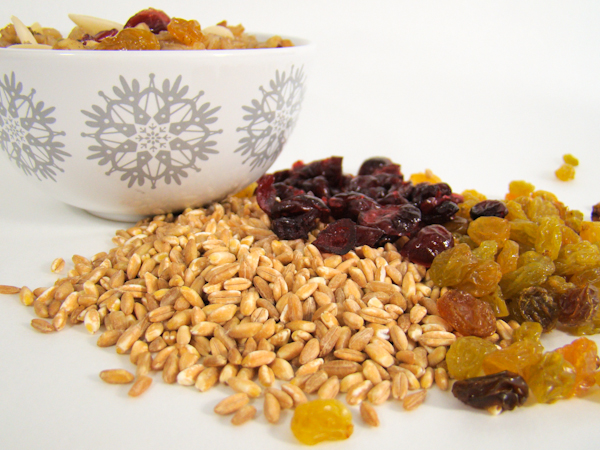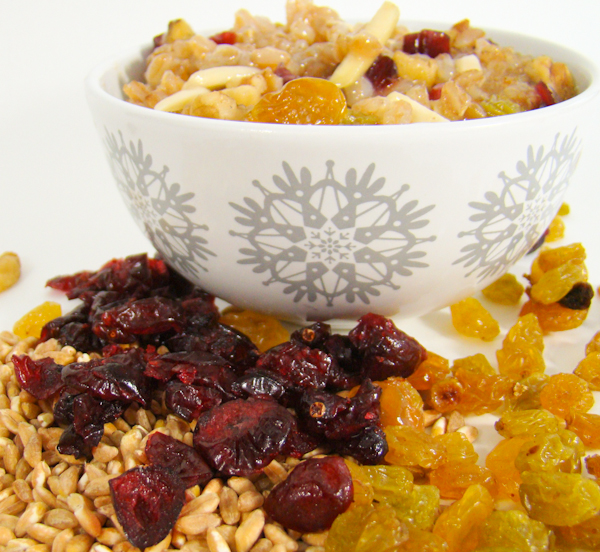
The Caucasus Mountains give the name to the region known as the Caucasus. The mountain range between the Black Sea and the Caspian Sea forms part of the traditional border between Europe and Asia. Armenia is a landlocked country located in the southern Caucasus that is bordered by Georgia, Azerbaijan, Iran and Turkey. Armenia is situated along the Great Silk Road and is the smallest of the former Soviet Union republics.
In its early history Armenia was a regional empire that controlled the land between the Black and Caspian Seas. Various dynasties controlled the area of what is now Armenia. Parthian (Iran) Roman, Arab, Mongol and Persians had all played a role in occupying this area. With so much upheaval Armenia had been weakened, making it easy prey for the Ottoman Empire in 1454.

After World War I and the fall of the Ottoman Empire the independent Republic of Armenia was established on May 28, 1918. But, by 1920 Armenia was annexed by the Soviet Union and was then joined by Georgia and Azerbaijan to form the Transcaucasian Soviet Socialist Republic. On March 12, 1922, the Soviets joined Georgia, Armenia, and Azerbaijan to form the Transcaucasian Soviet Socialist Republic. Armenia declared its independence from the Soviet Union on Sept 23, 1991. Armenia was the first state to adopt Christianity as its state religion. According to tradition, St. Thaddeus and St. Bartholomew, preached in Armenia. In 314 AD St. Gregory the Illuminator formally established the Church in Armenia, when King Tiridates III was baptized and declared Christianity as the state religion.
Armenians celebrate Christmas on January 6th, which is when all Christian churches celebrated Christ’s birth until the 4th century when the Catholic Church changed the date to December 25th, hoping to overshadow pagan traditions. Without having these pagan traditions, Armenians clung to the early Christian traditions and continue to celebrate Christmas on January 6th.

According to Armenian traditions, preparations for Christmas begin many weeks prior to the holiday. Families will give their homes a thorough cleaning because their local priest will visit each home to bless it with salt and water. Traditionally Armenians do not eat meat during the Christmas season and they fast prior to Christmas Eve. But, when families return from church on Christmas Eve some of the foods you will find on the holiday table are a wide variety of fruits and nuts, topig (chickpea and potato ball), fish, cheeses, olives, breads such as cheoreg (a brioche) or peda (flatbread), paklavas(baklava) and as well as a popular Christmas pudding known as anoush abor.
Anoush Abor (Christmas Pudding)
Ingredients
3 ½ cups hulled wheat berries*
7 cups water
2 ½ cups sugar
1 cup golden raisins
1 cup other dried fruit such as apricots, currants, cranberries**
2 tsp. vanilla extract
1 cups walnuts
1 cups blanched, slivered almonds
Cinnamon for garnish
Directions
1. In a large pot, bring the wheat and the water to a boil. Remove from heat and soak overnight. By the next morning, the wheat should have doubled in size.
2. Cook it over very low heat, adding the sugar until nearly all the water is absorbed and the mixture has the consistency of porridge. Stir in the raisins and the vanilla. Divide into small bowls and decorate with walnuts and almonds arranged to look like flower petals. Sprinkle with cinnamon. Makes 8 servings.
NOTE: We had a terribly hard time finding wheat berries, even at our local health food stores. Instead we opted for farro, the grains of certain wheat species in whole form. Wheat berry is the term used to describe the entire wheat kernel. There was enough of a similarity, if not being the same, between the wheat berry and farro to use the farro as a substitute.
NOTE: Most recipes that we reviewed used raisins and apricots. Traditionally, those seem to be the most often used dried fruits. We opted for raisins and cranraisins to add that splash of Christmas red.
 The Caucasus Mountains give the name to the region known as the Caucasus. The mountain range between the Black Sea and the Caspian Sea forms part of the traditional border between Europe and Asia. Armenia is a landlocked country located in the southern Caucasus that is bordered by Georgia, Azerbaijan, Iran and Turkey. Armenia is situated along the Great Silk Road and is the smallest of the former Soviet Union republics.
In its early history Armenia was a regional empire that controlled the land between the Black and Caspian Seas. Various dynasties controlled the area of what is now Armenia. Parthian (Iran) Roman, Arab, Mongol and Persians had all played a role in occupying this area. With so much upheaval Armenia had been weakened, making it easy prey for the Ottoman Empire in 1454.
The Caucasus Mountains give the name to the region known as the Caucasus. The mountain range between the Black Sea and the Caspian Sea forms part of the traditional border between Europe and Asia. Armenia is a landlocked country located in the southern Caucasus that is bordered by Georgia, Azerbaijan, Iran and Turkey. Armenia is situated along the Great Silk Road and is the smallest of the former Soviet Union republics.
In its early history Armenia was a regional empire that controlled the land between the Black and Caspian Seas. Various dynasties controlled the area of what is now Armenia. Parthian (Iran) Roman, Arab, Mongol and Persians had all played a role in occupying this area. With so much upheaval Armenia had been weakened, making it easy prey for the Ottoman Empire in 1454.
 After World War I and the fall of the Ottoman Empire the independent Republic of Armenia was established on May 28, 1918. But, by 1920 Armenia was annexed by the Soviet Union and was then joined by Georgia and Azerbaijan to form the Transcaucasian Soviet Socialist Republic. On March 12, 1922, the Soviets joined Georgia, Armenia, and Azerbaijan to form the Transcaucasian Soviet Socialist Republic. Armenia declared its independence from the Soviet Union on Sept 23, 1991. Armenia was the first state to adopt Christianity as its state religion. According to tradition, St. Thaddeus and St. Bartholomew, preached in Armenia. In 314 AD St. Gregory the Illuminator formally established the Church in Armenia, when King Tiridates III was baptized and declared Christianity as the state religion.
Armenians celebrate Christmas on January 6th, which is when all Christian churches celebrated Christ’s birth until the 4th century when the Catholic Church changed the date to December 25th, hoping to overshadow pagan traditions. Without having these pagan traditions, Armenians clung to the early Christian traditions and continue to celebrate Christmas on January 6th.
After World War I and the fall of the Ottoman Empire the independent Republic of Armenia was established on May 28, 1918. But, by 1920 Armenia was annexed by the Soviet Union and was then joined by Georgia and Azerbaijan to form the Transcaucasian Soviet Socialist Republic. On March 12, 1922, the Soviets joined Georgia, Armenia, and Azerbaijan to form the Transcaucasian Soviet Socialist Republic. Armenia declared its independence from the Soviet Union on Sept 23, 1991. Armenia was the first state to adopt Christianity as its state religion. According to tradition, St. Thaddeus and St. Bartholomew, preached in Armenia. In 314 AD St. Gregory the Illuminator formally established the Church in Armenia, when King Tiridates III was baptized and declared Christianity as the state religion.
Armenians celebrate Christmas on January 6th, which is when all Christian churches celebrated Christ’s birth until the 4th century when the Catholic Church changed the date to December 25th, hoping to overshadow pagan traditions. Without having these pagan traditions, Armenians clung to the early Christian traditions and continue to celebrate Christmas on January 6th.
 According to Armenian traditions, preparations for Christmas begin many weeks prior to the holiday. Families will give their homes a thorough cleaning because their local priest will visit each home to bless it with salt and water. Traditionally Armenians do not eat meat during the Christmas season and they fast prior to Christmas Eve. But, when families return from church on Christmas Eve some of the foods you will find on the holiday table are a wide variety of fruits and nuts, topig (chickpea and potato ball), fish, cheeses, olives, breads such as cheoreg (a brioche) or peda (flatbread), paklavas(baklava) and as well as a popular Christmas pudding known as anoush abor.
According to Armenian traditions, preparations for Christmas begin many weeks prior to the holiday. Families will give their homes a thorough cleaning because their local priest will visit each home to bless it with salt and water. Traditionally Armenians do not eat meat during the Christmas season and they fast prior to Christmas Eve. But, when families return from church on Christmas Eve some of the foods you will find on the holiday table are a wide variety of fruits and nuts, topig (chickpea and potato ball), fish, cheeses, olives, breads such as cheoreg (a brioche) or peda (flatbread), paklavas(baklava) and as well as a popular Christmas pudding known as anoush abor.







Kiri W.
December 8, 2011 at 10:17 am //
This looks amazing! I’ve never had a wheatberry-based Christmas Pudding, but I think the consistency would be wonderful.
Great, informative post! :)
myfudo
December 8, 2011 at 4:51 pm //
Thank you so much Kiri!
Jamie Walker
December 8, 2011 at 2:11 pm //
Wow — that is freaking beautiful — looks so delicious!! Never had pudding that looks quite like that…gonna have to give it a try. ;)
myfudo
December 8, 2011 at 4:52 pm //
Thank you so much Jamie!